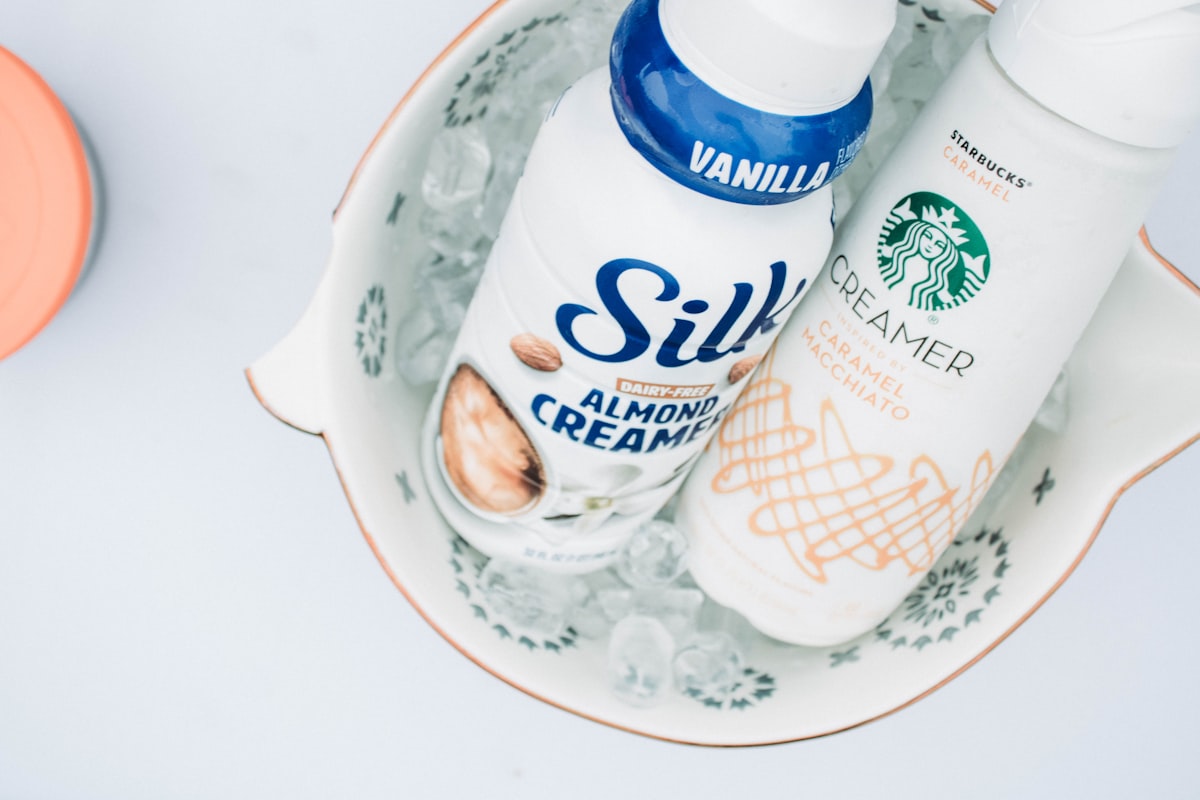Titanium Makes Food Nice and White but Is it Safe?

What is it that makes your coffee creamer so nice and white? It’s a metal element called titanium and it is used as a food additive to whiten up everything from baked goods to chewing gum. But the Center for Science in the Public Interest says it may also be slowly and quietly damaging your DNA, although not all health researchers agree with that claim.
Maybe it’s worth the supposed risk because of all the safety benefits titanium provides? Nope, says CSPI principal scientist for additives and supplements, Thomas Galligan.
“Unlike some other chemicals used in food, titanium dioxide has no nutritive, preservative, or food safety function—its use is purely cosmetic,” Galligan said. “The prospect of titanium dioxide nanoparticles damaging DNA is concerning enough for us to recommend consumers avoid foods that have it.”
The problem, CSPI says, is that titanium dioxide nanoparticles may accumulate in the body and cause DNA damage, which is one of the ways that chemicals cause cancer and other health problems.
Little evidence of harm
On the other hand, some researchers say there is little evidence that titanium builds up in the body when it is used as a food additive. When titanium is part of a food product, “it passes through the digestive system without causing harm because [it] combines with the other ingredients,” advises the Michigan State University Center for Research on Ingredient Safety.
While ingesting or inhaling titanium could be hazardous in some situations, it is not generally risky when used as a food additive, MSU researchers say. “A hazard is not a risk,” according to the center’s website. “Knowing that something could cause harm in a specific situation that we’re unlikely to experience can help us make sound decisions.”
The National Institutes of Health describes titanium dioxide as having “low toxicity, and negligible biological effects.”
“The classification as bio-inert material has given the possibility to normal-sized titanium dioxide particles (TiO2-NPs) to be extensively used in food products and as ingredients in a wide range of pharmaceutical products and cosmetics, such as sunscreens and toothpastes,” according to NIH.
Those who nevertheless want to avoid the substance may find it difficult. Wegman’s puts it in its Original Macaroni and Cheese. Campbell’s Healthy Request Chunky Chicken Corn Chowder has it, as does Food Club’s Chunky New England Clam Chowder. Marzetti uses the color agent to brighten its Cream Cheese Fruit Dip. Dairy products usually don’t need titanium dioxide to look white, but Kroger has decided to add titanium dioxide to its Fat Free Half-and-Half, CSPI says.
Banned in Europe
In 2021, the European Food Safety Authority concluded that titanium dioxide is no longer safe in foods due to concerns over nanoparticles. As a result, titanium dioxide is now banned as a food additive in the EU. Health Canada deemed it safe in 2022 but noted concerns.
CSPI says it might reconsider its advice if specifications for food-grade titanium dioxide in the U.S. are updated to ensure nanoparticles are minimized, and new studies are conducted to assess its capacity to cause cancer or other health problems.
